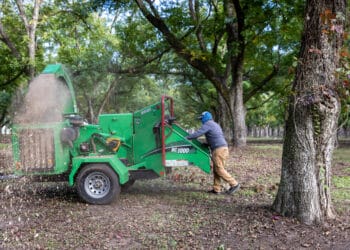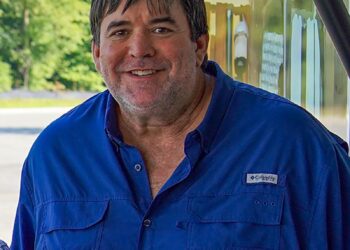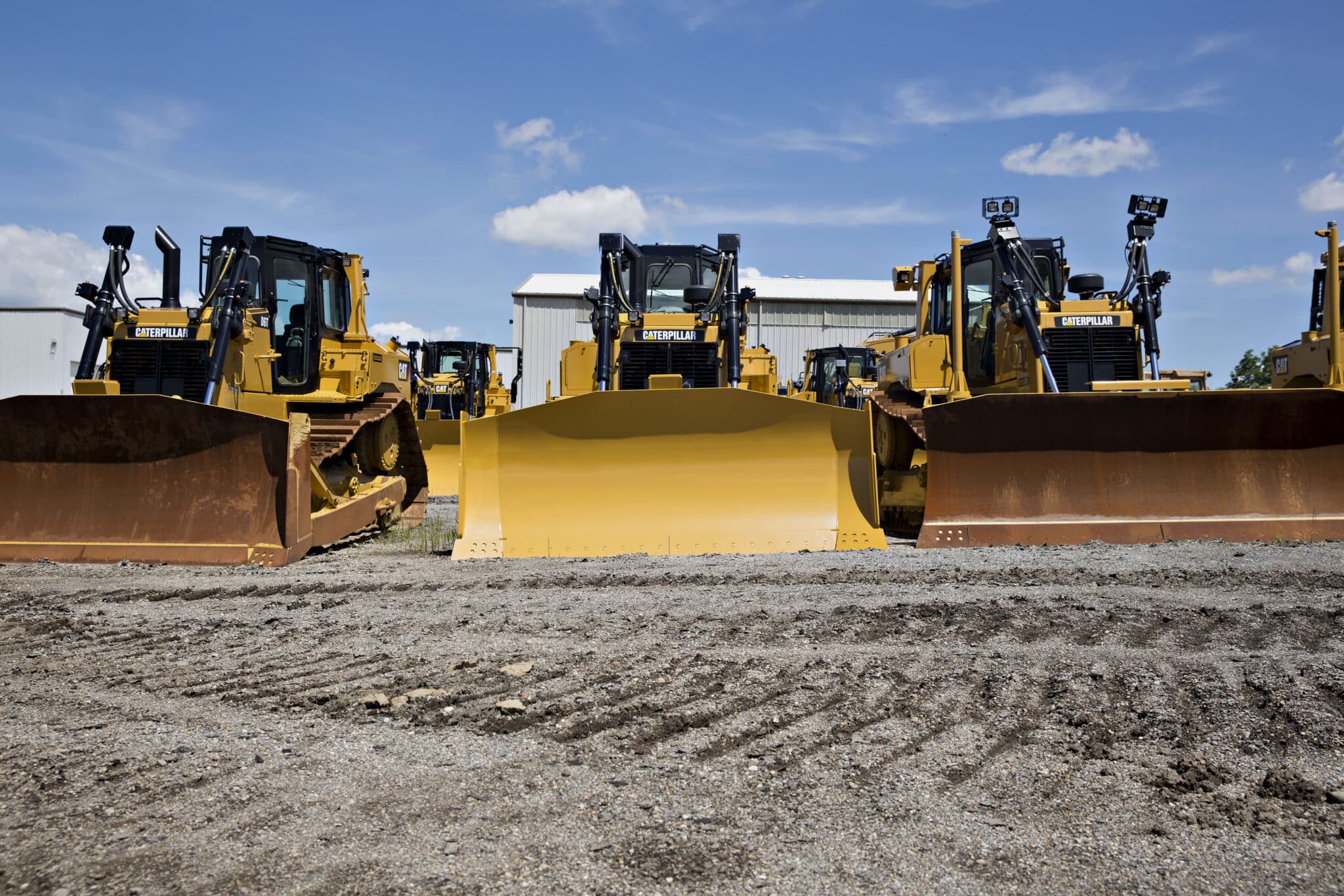Dealers who liquidate equipment via auction must weigh the pros and cons of keeping business in their area or targeting geographical hot spots for certain gear.
The auction market for used equipment has improved after dealing with pricing volatility and deprecation for most of 2024. Auction values for used sprayers and combines, for example, rose 2.6% month over month and 1.2% MoM in February, respectively, according to Sandhills Global.
But with market strength varying by region, location has become an integral part of dealers’ auction strategy. Some dealers are committed to local auctions and local bidders, anticipating that this will drive up aftermarket revenue and yield repeat customers, Josh Gruett, general manager at Waupun, Wis.-based Waupun Equipment, told Equipment Finance News.
“Over the years of doing auctions, it’s almost better to get rid of those machines locally, because you get the ability to capture parts and service business and repeat business, versus an auction that sends a machine to a different state or different country,” he said. “So, we try to keep most of it within our local trade area because you can capture some of the aftermarket business.”
However, this strategy could limit the pool of bidders and bidding prices, Sandhills Global Equipment Lease and Finance Manager Jim Ryan told EFN.
“It might be a lower dollar value than reaching outside the area,” he said. “Because based on where you’re at, a lot of customers probably have seen that [equipment] on your lot before. And if it’s going to auction, they know what you were asking for it in the months or years leading up to it. So, they’re having the mindset of, ‘Hey, I can get it for a cheaper value.’”
While auctioning equipment locally may result in a loss up front, the long-term benefits of keeping business in the area make up for it, Waupun’s Gruett said.
Finding ‘hot spots’
The global online auction market for hard-asset equipment is valued at $13.7 billion and is projected to more than double to $32.1 billion by 2030, according to market research firm Mordor Intelligence.
As online auctions expand the pool of potential buyers, more dealers are targeting specific locations where demand for certain equipment is stronger, Chase Phelps, owner of Shawnee, Okla.-based Phelps Equipment Group, told EFN.
“With dealer transfers and moving equipment throughout the country, there kind of seems to be hot spots for certain equipment,” he said. This trend “seems to help [dealers] out” when liquidating used gear.
These geographical hot spots are often tied to specific brands in addition to types of equipment, Sandhills’ Ryan said.
“Some Fendt tractors and some European-type tractors typically have more of a hot spot in places like Wisconsin, Michigan, Minnesota and even the Canadian market,” he said. “So, if you’re in Georgia with a Fendt and it’s not very popular down there, you probably are going to want to target an area of the country that’s more Fendt-prominent, with possibly more dealerships, more service stops.”
This approach may enable dealers to move more equipment, but they lose the opportunity for repeat customers and aftermarket business for those machines. Plus, buyers in another part of the country typically incur the transportation costs, which could result in a lower bidding price, Ryan said.
“If you have $10,000 to ship a combine halfway across the United States, that $10,000 may cut into what you’re willing to spend at the auction,” he said.
However, many lenders finance transportation costs along with the equipment, helping buyers absorb the expense, Ryan said.
The third annual Equipment Finance Connect at the JW Marriott Nashville in Nashville, Tenn., on May 14-15, 2025, is the only event that brings together equipment dealers and lenders to share insights, attend discussions on crucial industry topics and network with peers. Learn more about the event and register here.









